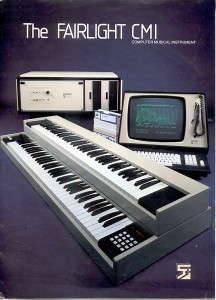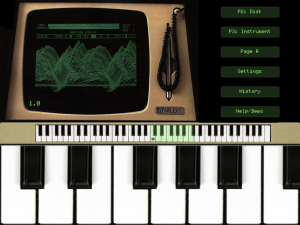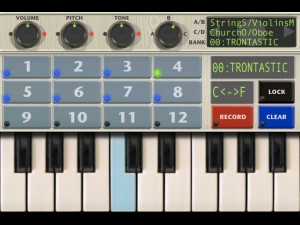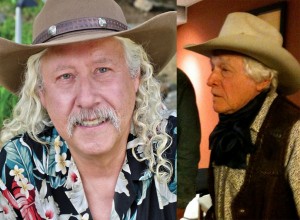 There are truly few weird and wonderful places left in San Francisco today. Yes, I’ve talked about the relics from the 1915 Pan-Pacific Exposition and 1938/1940 World’s Fairs that are on display at the Musee Mechanique, but a place I had forgotten about was brought to my attention the other day — The Audium.
There are truly few weird and wonderful places left in San Francisco today. Yes, I’ve talked about the relics from the 1915 Pan-Pacific Exposition and 1938/1940 World’s Fairs that are on display at the Musee Mechanique, but a place I had forgotten about was brought to my attention the other day — The Audium.
The original concept started in the 50’s when experimental music was in a bit of an underground heyday. Enhanced by somewhat more affordable recording technology there were lots of people who were creating music from the sounds of the world around us or Musique Concrète. These were some of the early days of electronic music as we know it today. The music as it were could be the sounds of construction, cars driving by, people talking which could put you in a place without having to go there, or it could simply be a bizarre array of sounds that you really wouldn’t know what to make of it.
The Audium would fall into a bit of the later category. The room is circular and looks a bit like a space ship on the inside. From the ceiling are 136 hanging speakers as well as built into the walls at it’s current location at 1616 Bush Street. The Audium is best experienced rather than described. With all of those speakers individual sounds can be moved around the room in a way that 5.1 Dolby Surround or even 7.1 Dolby Surround can’t replicate. After you enter and take a seat the low level lighting is lowered to complete darkness. The room isn’t really warm or cold, but everything is set up so that the main focus of the evening is on your ears and the story that the sound will play for them.
Each work is performed live by Stan Shaff every Friday and Saturday night who mixes the taped audio in a different way each time. You could probably make the analogy that Stan is like a 3D sound DJ. Call it genius or insanity, but after you’ve experienced it once you’ll have a completely different idea of what sound it. Tickets for each performance are $20 [cash only] and a limited number of tickets are available pre-show through the City Box Office. Children under 12 are not allowed as, well, it’ll probably be a bit weird for them and they’ll start asking questions which kind of defeats the purpose.
The Audium is a place that everyone should go to at least once in their life if they intend to spend any time in San Francisco. It’s just a little bit of weirdness that helps create the character of our City.






